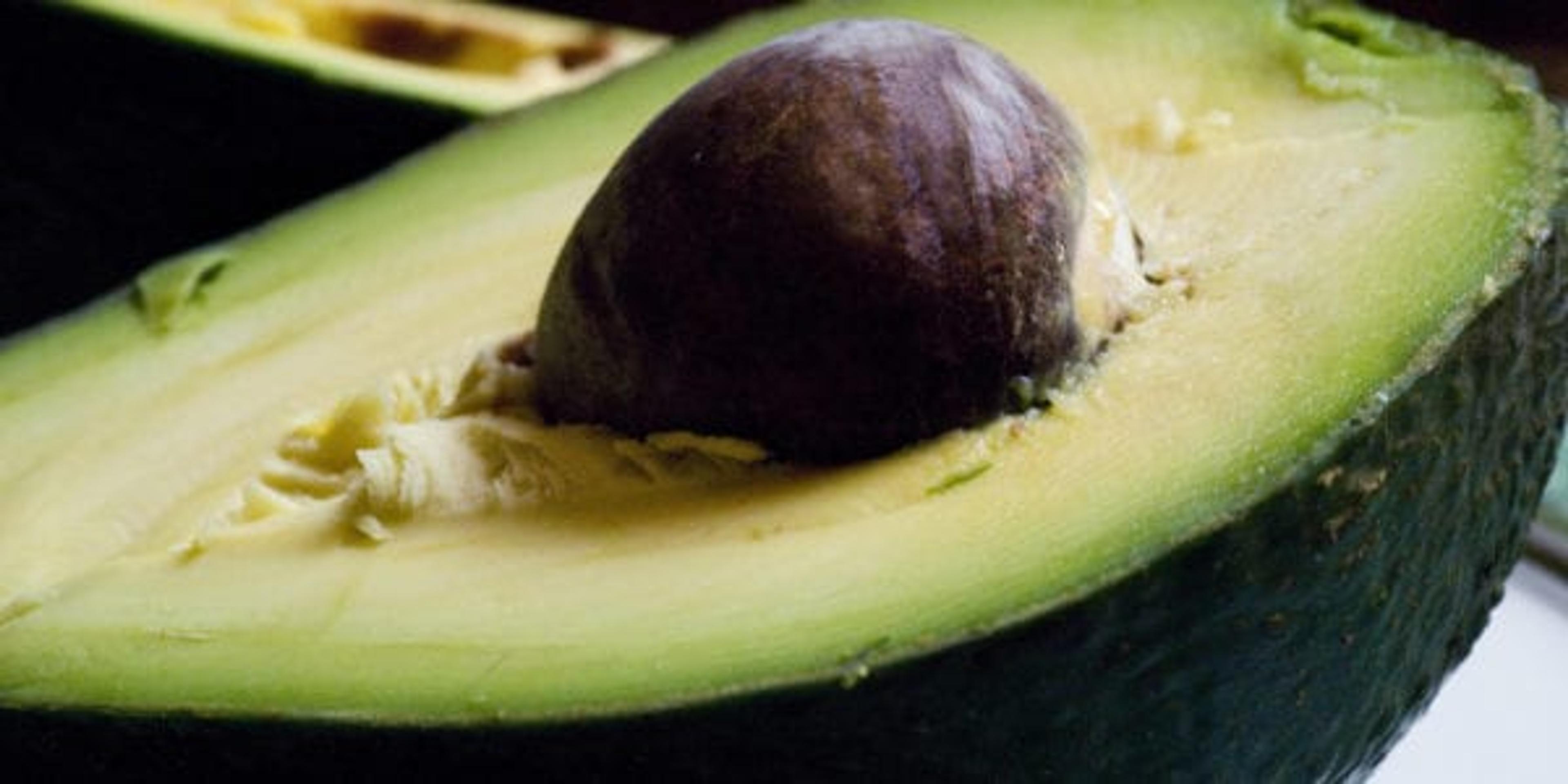Are You Eating Too Much of a Good Thing?

Sarah Micallef
| 3 min read

Most of us have been there. We feel like we are doing everything in our power to make great nutritional choices, yet the scale doesn’t seem to budge. It is a frustrating experience! We know ultimately that total calories in, versus total calories burned, is what leads to weight loss, even if the foods we choose are really good options for other health benefits. Many people are surprised to find out that even perceived “healthy” foods can contribute to a lot of extra calories. Here are some sneaky high-calorie foods that might be sidelining your weight loss goals:
- Nuts– Just ¼ cup of these tasty critters packs ~160 calories.
- Nut butters– Only 1 Tbsp of most nut butters (including peanut, almond, sunflower, etc) provides ~90 calories. Think about the tip of a women’s thumb being about 1 Tbsp, so it is easy to see why it is easy to go over here.
- Hummus– This tasty spread packs about 80 calories in just a 2 Tbsp serving (size of a golf ball).
- Starchy Vegetables– Many people forget that vegetables such as corn, peas, and potatoes contain a significant amount of calories… about 80 calories per ½ cup serving.
- Avocado– Although loaded with heart-healthy fats, one small avocado has about ~300 calories. Dips, like guacamole, typically have about 50 calories per 2 Tbsp serving.
- Oils – There are lots of healthy, plant-based oils out there that are heart-smart, but oils generally provide about 120 calories per tablespoon or 40 calories per teaspoon!
- Dried fruit– Delicious and so portable, but dried fruit provides ~60 calories in just 2 tablespoons.
- Granola– Many people think they are making a healthier choice when they swap their traditional cold cereal for granola, but they are often surprised to find out it has ~130-160 calories per 1/3 cup serving. Imagine keeping the portion the same as other cold cereals at ~1 cup, and you would have consumed ~480 calories!
- Honey/Agave Nectar– While many people like sweeteners which are minimally processed, keeping portions in check is key. Just 1 Tbsp of either of these will give you ~60 calories.
Since there are so many health benefits these foods may provide, skipping them entirely isn’t the most desirable route. Here are some suggestions on how to keep you portions under wrap when including them:
- Use measuring cups and spoons to see what the serving size is actually supposed to look like. Put the measured serving in the bowl, cup, or plastic baggie you might normally use. This can be helpful to gauge portion sizes when measuring cups/spoons may not be available.
- Avoid eating directly from the package. Instead, measure out the quantity you intend on eating and put the package away before you start.
- Consider purchasing containers with measurements already on them. Having a cup or bowl with ¼ cup increments on it can help to make measuring quick and efficient.
- Try putting snack foods in pre-measured, easy to grab packages (works great for nuts, dried fruit, granola, nut butter, and hummus).
- Pair higher calorie foods with low-calorie vegetables, like cucumbers, peppers, celery, tomatoes, carrots, green beans, etc.
Photo credit: threelayercake





